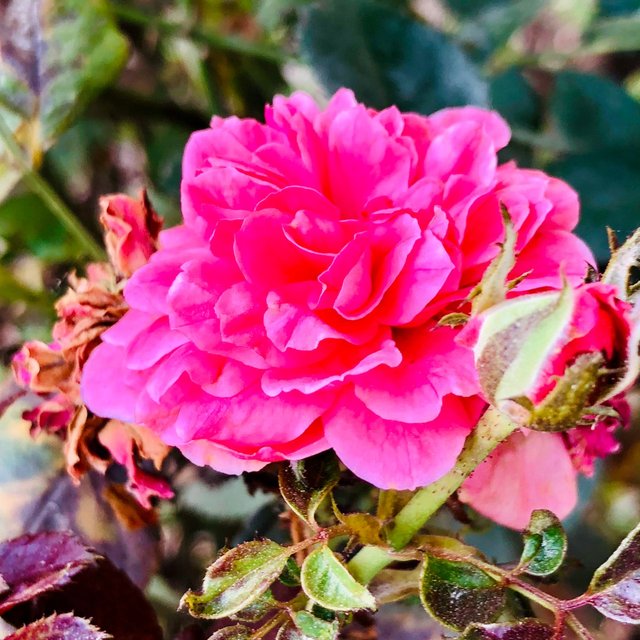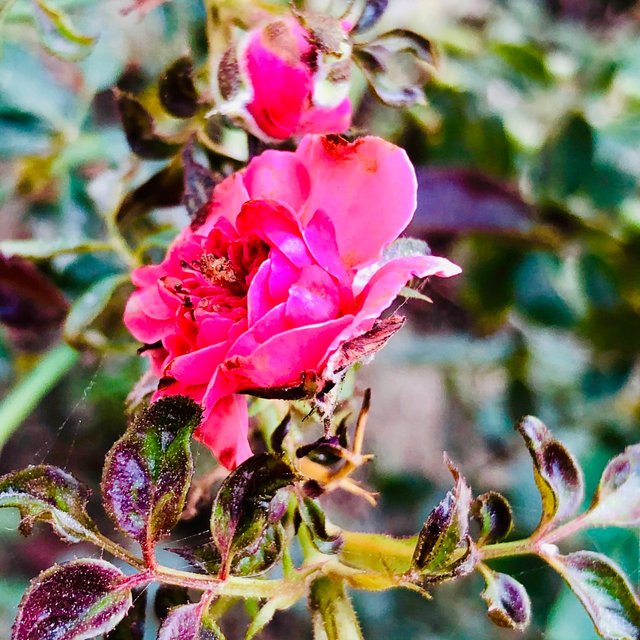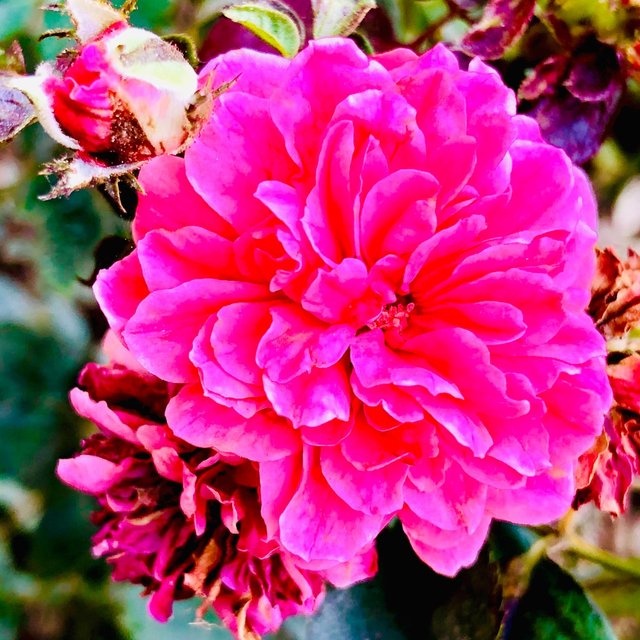Moss Rose

It is related to the herb Purslane (P. oleracea), and like that plant has escaped naturalization on roadsides and wastelands in some parts of the country. In the ornamental industry moss roses may be listed as P. oleracea, P. umbraticola or P. grandiflora, but many cultivars are likely hybrids.This rose is attractive with different colors and keep water in its leaves and stems. Bright green leaves are elongated to cylindrical with pointed tips. They are up to an inch long and arranged alternately or in small clusters on light climbing stems with reddish, multi-branched prostrates. oleracea and hybrids with this species have flattened leaves. The stem can be somewhat fragile and breaks easily (although broken pieces will connect if the soil is moist enough).

Low-growing plants form mats about a foot tall and 3 to 8 inches long with a central fibrous root system.The saucer-shaped, rose-like flowers are borne at the ends of the stems, placed at the top of the plant, opening from buds that resemble small popcorn kernels.

They bloom only in bright sunlight, closing at night and on cloudy days, but most new hybrids will bloom throughout the day.The flowers can almost hide the plants when they bloom. The flowers are white and come in a wide range of warm colors, including pink, peach, yellow, orange, red, fuchsia, magenta, lavender and purple. New varieties and hybrids offer a greater range of colors than native species, and some are striped or spotted with contrasting colors.

Each flower has 5 paper-thin petals, although semi-double and double varieties are produced with multiple sets of petals. Petals surround a group of 40 or more stamens and have 5 to 8 stigmas in the center. Depending on the variety, the flowers can be 1-3 inches.
Special Thanks
@hive-180821
Regarding
@zeemooo
Thank you very much foryour beautiful post and photos!
Unique-100%
#club75
Downvoting a post can decrease pending rewards and make it less visible. Common reasons:
Submit